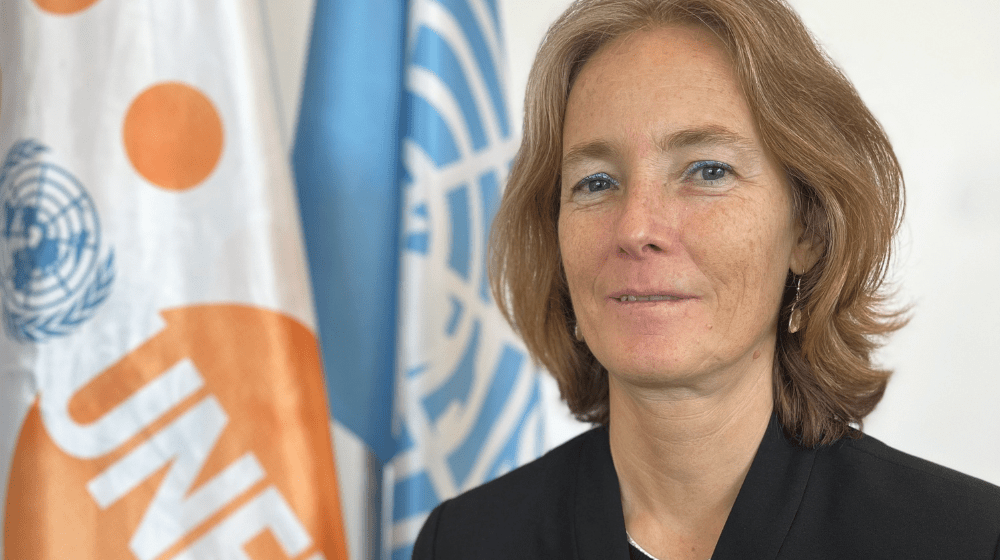In November 2022, the human population surpassed 8 billion people. At the same time, two-thirds of people on the planet already lived in places where fertility rates had fallen below the so-called “replacement level” of 2.1 births per woman. The big demographic transition — the shift from higher to lower mortality and fertility — is happening everywhere, but in some parts of the world it has set in
earlier than in others. This is why the world population is still on the rise while population growth has stalled, or even reversed, in an increasing number of countries. And it explains why there can be, simultaneously, concerns about both “too many” people and “too few” people.
Anxieties about “too few” people are particularly virulent in Eastern Europe, where low fertility rates are compounded by high levels of emigration. As a result, population numbers have been shrinking, in some cases by more than 25 per cent since the early 1990s. Just as high fertility rates are often seen as catastrophic for the planet, alarmists see impending doom and civilizational collapse in the low fertility rates now common across most high and middle-income countries. To be sure, there are many valid and pressing concerns related to the shift to smaller – and older – populations. How can countries prosper economically? How do we ensure pension and health systems can cope with demographic change? How do we maintain services and infrastructure for people living in sparsely populated rural areas?
But the alarmism that dominates public discourses on fertility rates poses real risks, according to this year’s State of World Population report, published today by UNFPA, the United Nations Population
Fund: Not only does population anxiety threaten to distract us from finding constructive solutions to serious but solvable problems. It also risks becoming a “rationale for denying the rights and bodily
autonomy of women and girls.” When fertility rates are seen as the sole problem, the solutions, it is often said or implied, should therefore be fertility related. Or, as the report puts it: “Fears and fixes begin to take the form of a woman’s body.” In this way, women’s bodies are treated as instruments to achieve population ideals, their lives put in the service of attaining abstract numerical goals – notions made possible by women’s still subordinate status in most spheres of society.
The fixation on fertility rates, and by extension, women’s bodies, persists in part because it offers easy talking points and can be used to justify simple but ultimately fallacious “fixes”, like setting fertility
targets to “correct” a population size. It may seem easier to focus on fertility rates and pressure or incentivize women into having more children than to make the public investments needed to ensure equitable access to quality education, employment, health coverage and social protection. New research in the report shows the share of countries with policies to increase fertility has grown recently. And, worryingly, some governments in low-fertility countries have taken measures to restrict women’s access to contraception and legal abortion. More broadly, the report finds that efforts to influence fertility are associated with diminished levels of human freedoms. This is not to say that efforts to boost fertility are necessarily bad. They can be part of a broader package of measures to manage demographic change, as long as they are not coercive and respect women’s rights and bodily autonomy. The way to achieve this is to shift the focus from fertility to desired fertility. Most people in Eastern Europe would like to have two or more children but end up having one or none. Understanding the barriers people face in realizing their fertility intentions and closing the gap between desired and actual fertility is where governments can make a real difference.
It is encouraging to see that more and more countries are beginning to put aside fear and are responding to demographic change with new, constructive solutions in order to foster truly successful, thriving populations. They are not setting targets but are aiming for demographic resilience. This approach means that social and economic systems stay attuned to what people themselves say they want and need to flourish.
In demographically resilient societies, women’s rights and choices are not an obstacle – quite the opposite. A recent United Nations study found, for example, that greater gender parity in the labour force would do much more to sustain economies in ageing, low-fertility societies than a return to higher fertility. In Europe today, the most gender-equal societies tend to be at the top of the development rankings (and, incidentally, also have the highest fertility rates). As we confront the challenges – and opportunities – that come with population shifts, we should never let fear be our guide. Only if we place people with their rights and needs in the centre, and create more just and inclusive societies, can we ensure that countries will thrive in a world of rapid demographic change.
The author is Florence Bauer, Director of UNFPA’s Regional Office for Eastern Europe and Central Asia


